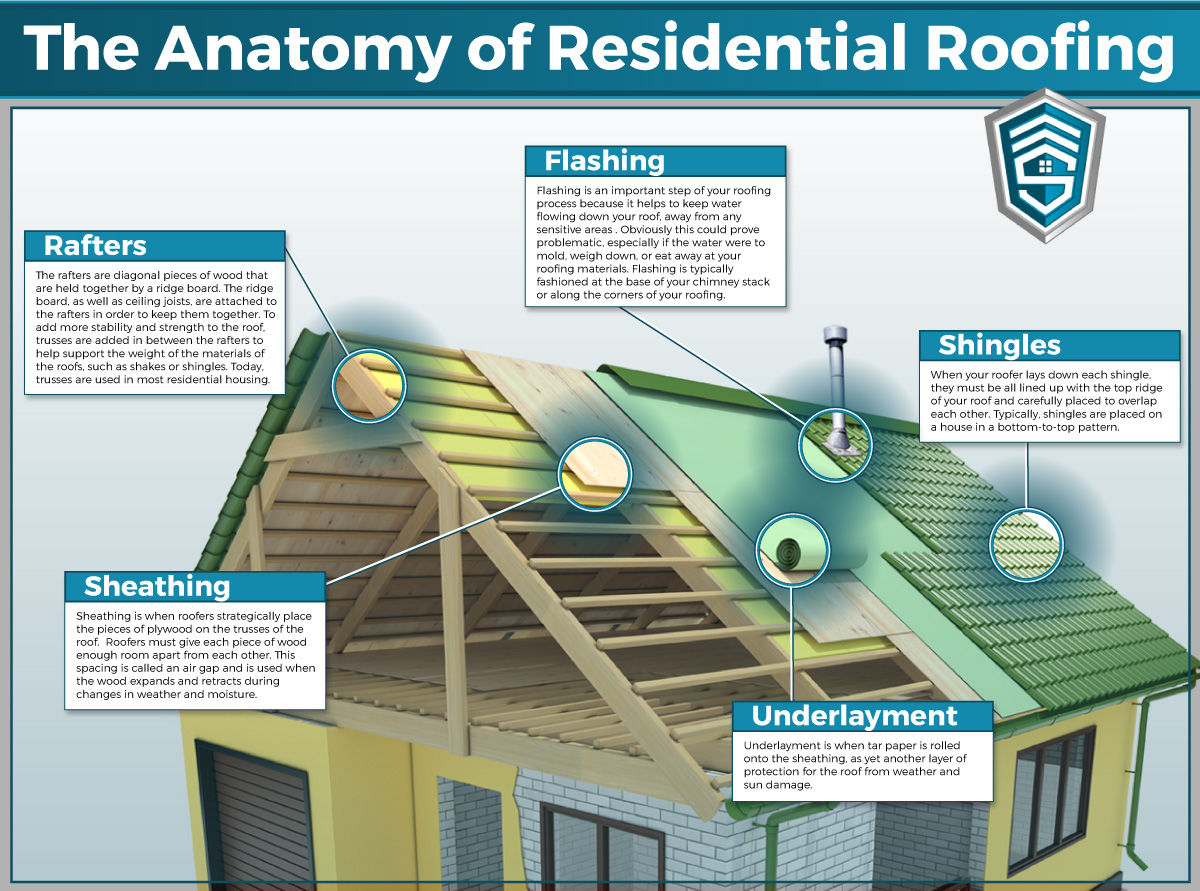The Function Of Roofing System Ventilation In Guaranteeing An Effective Installment
The Function Of Roofing System Ventilation In Guaranteeing An Effective Installment
Blog Article
Created By-Byrne copyright
When you're dealing with a roof covering task, you might not think much about roofing system ventilation, however it's even more critical than you recognize. Reliable ventilation helps control temperature level and dampness in your attic, protecting against troubles like mold and mildew and structural damages. By understanding just how to create and set up a balanced air flow system, you can improve power performance and lengthen the life-span of your roofing products. So, what are the key aspects to consider during installment that can make all the difference?
Value of Roof Ventilation
Roofing system air flow plays an important role in maintaining the total health and wellness of your home. By allowing fresh air to flow via your attic room, it aids manage temperature level and moisture levels. Read the Full Posting is essential to protect against warmth accumulation throughout warm months, which can lead to boosted energy costs as your cooling works overtime.
Furthermore, correct air flow significantly reduces the danger of moisture-related issues like mold and mildew and mold. If humidity degrees climb, your home's architectural integrity can be compromised, causing expensive repair services. You wouldn't wish to deal with decomposing wood or warped roof materials, right?
In addition, sufficient air flow extends the life-span of your roofing system. When warm and wetness are kept in check, your roofing can do efficiently, avoiding premature damage. This means less frustrations and expenditures down the line.
Exactly How Roofing System Ventilation Functions
Effective roofing system air flow relies on the natural movement of air to produce a balance in between intake and exhaust. When you set up vents, you're basically permitting fresh air to enter your attic while enabling warm, stagnant air to get away. This process helps control temperature level and dampness degrees, avoiding issues like mold and mildew growth and roofing system damages.
Intake vents, commonly located at the eaves, attract amazing air from outside. On the other hand, exhaust vents, situated near the ridge of the roof covering, allow hot air rise and exit. gutter companies san antonio tx in temperature produces an all-natural air movement, known as the stack result. As warm air surges, it produces a vacuum cleaner that draws in cooler air from the lower vents.
To maximize this system, you need to make sure that the intake and exhaust vents are appropriately sized and placed. If the intake is restricted, you will not attain the desired ventilation.
Also, not enough exhaust can catch warm and moisture, leading to potential damage.
Key Setup Considerations
When setting up roof covering ventilation, several vital considerations can make or break your system's efficiency. First, you need to analyze your roofing's design. The pitch, shape, and products all influence airflow and air flow choice. Make certain to pick vents that fit your roofing kind and neighborhood environment problems.
Next, take into consideration the placement of your vents. Preferably, you'll want a balanced system with intake and exhaust vents placed for optimum air flow. Location intake vents short on the roof and exhaust vents near the peak to urge an all-natural circulation of air. This arrangement assists prevent moisture build-up and advertises energy efficiency.
Don't forget about insulation. Proper insulation in your attic room protects against warmth from escaping and keeps your home comfortable. Make certain that insulation doesn't block your vents, as this can impede airflow.
Last but not least, think about upkeep. Choose air flow systems that are simple to accessibility for cleansing and evaluation. Regular upkeep ensures your system continues to work successfully in time.
Conclusion
In conclusion, roofing air flow is essential for a successful setup. By guaranteeing proper air movement, you can avoid heat accumulation and dampness problems that cause expensive damage. When you strategically setting intake and exhaust vents, you boost power efficiency and lengthen the life-span of your roofing. Keep in mind, a well-ventilated roofing not only secures your investment however also boosts your indoor air top quality. So, prioritize air flow to make sure a resistant and cost-efficient roofing system for your home.
